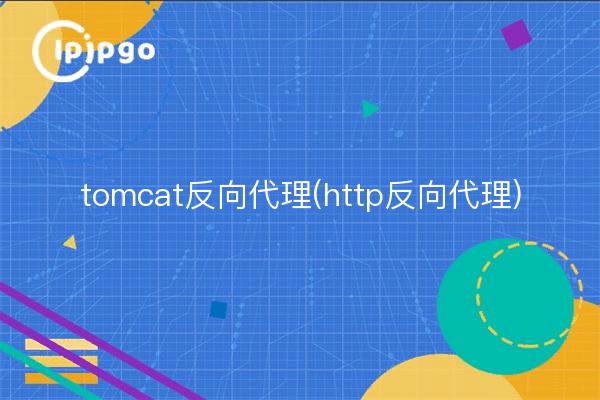
Tomcat reverse proxy
In Internet applications, reverse proxy is a common deployment method. And tomcat, as a popular Java application server, can also be used through a reverse proxy to achieve external request forwarding and load balancing.
Usually, we will use Apache HTTP Server or Nginx as the reverse proxy server for tomcat. Next, we will look at how to realize the reverse proxy of tomcat through Nginx.
First, we need to install Nginx and configure a simple reverse proxy. Assuming that our tomcat application is running locally on port 8080, we can add the following configuration to the Nginx configuration file:
"`nginx
server {
listen 80.
server_name example.com.
location / {
proxy_pass http://localhost:8080.
proxy_set_header Host $host.
proxy_set_header X-Real-IP $remote_addr.
proxy_set_header X-Forwarded-For $proxy_add_x_forwarded_for;
}
}
“`
In the configuration above, we defined a server block that listens on port 80 and forwards all requests via the proxy_pass directive to port 8080 where tomcat is running. Also, we set up some HTTP headers to pass the client's real IP address and hostname.
After saving the configuration file, restart the Nginx service and you can access our tomcat application through example.com.
http reverse proxy
In addition to the use of Nginx, we can also use Java comes with the HttpComponents library to achieve the reverse proxy to tomcat. Here is a simple example code:
"`java
import org.apache.http.
import org.apache.http.
import org.apache.http.client.methods.HttpGet;
import org.apache.http.impl.client.CloseableHttpClient;
import org.apache.http.impl.client.HttpClients;
public class ReverseProxy {
public static void main(String[] args) throws Exception {
CloseableHttpClient httpclient = HttpClients.createDefault();
HttpHost target = new HttpHost("localhost", 8080, "http");
HttpGet request = new HttpGet("/");
HttpResponse response = httpclient.execute(target, request);
// Process the response
}
}
“`
In the above example, we used the HttpComponents library to send a GET request to port 8080 where tomcat is running and get the response. We can add more HTTP headers and request parameters as needed in real applications.
In general, through the reverse proxy, we can forward the client's request to the internal tomcat server, so as to achieve load balancing, security filtering, cache acceleration and other functions. At the same time, the use of different technology stacks to realize the reverse proxy, but also to meet a variety of different needs and scenarios.








